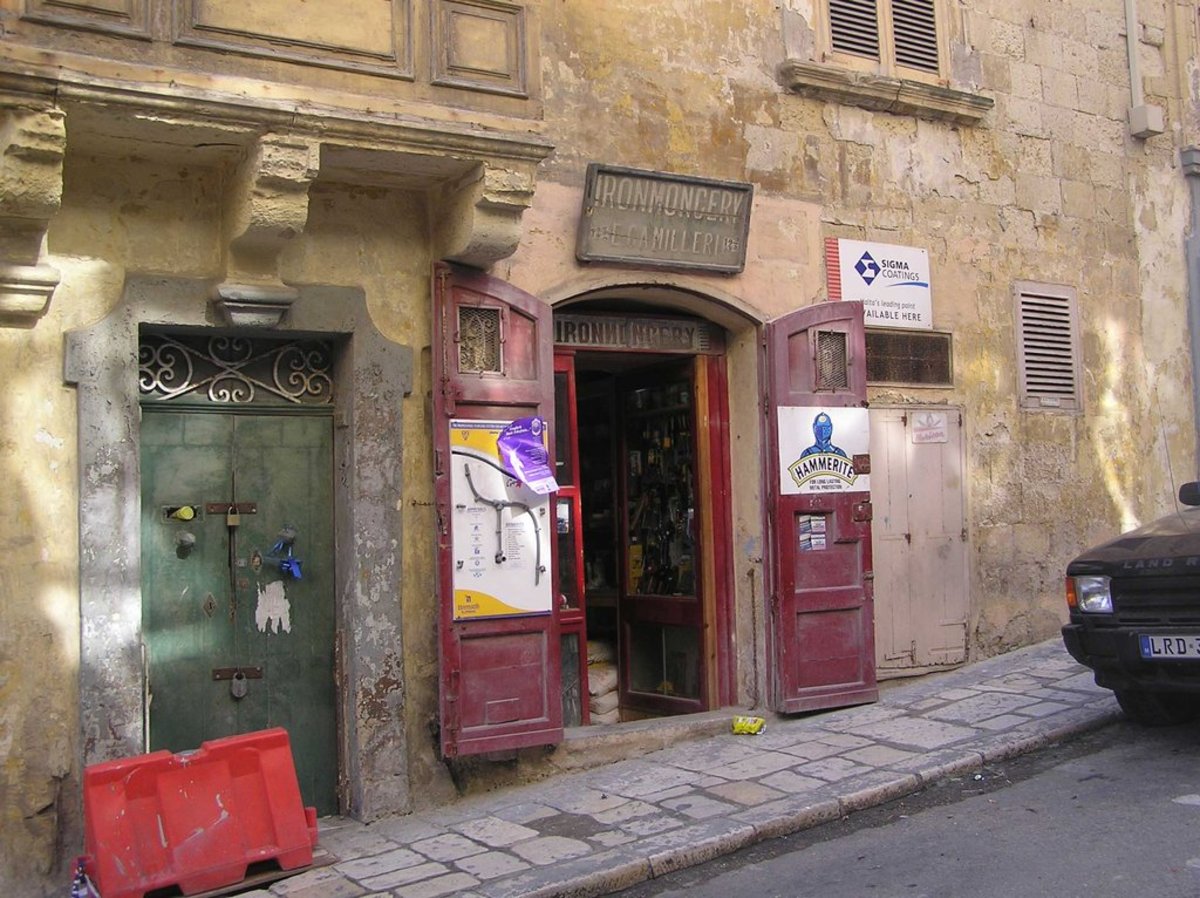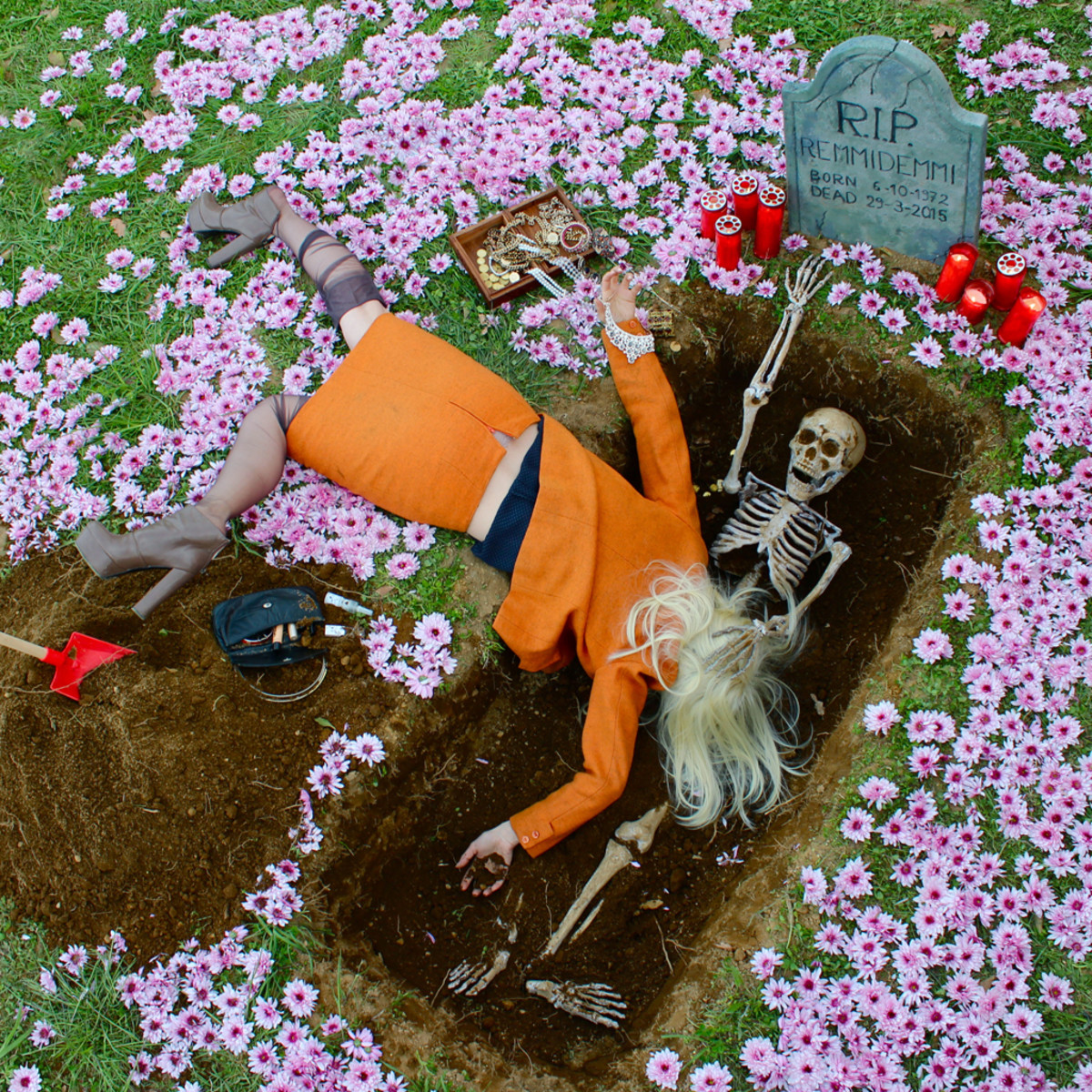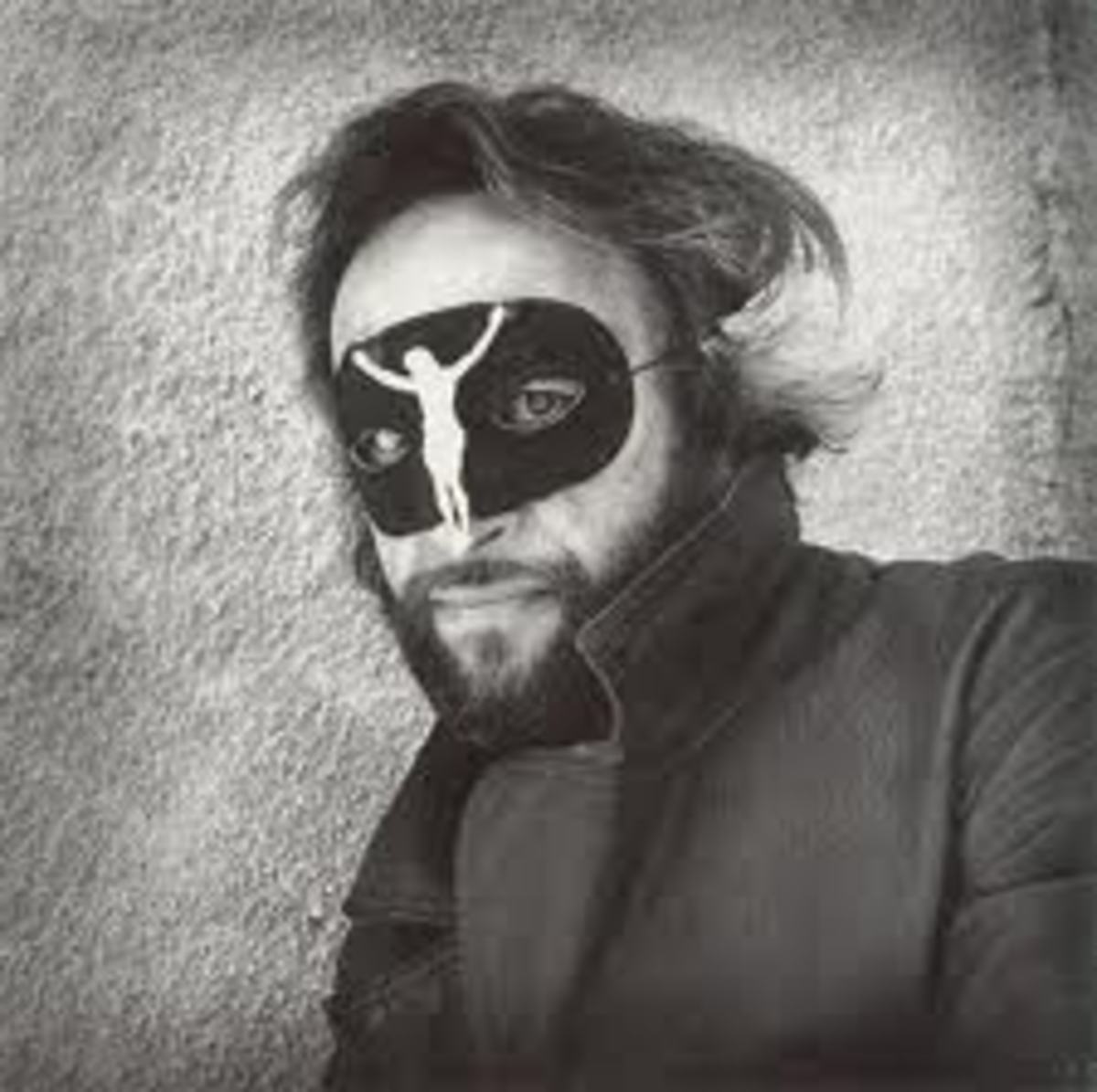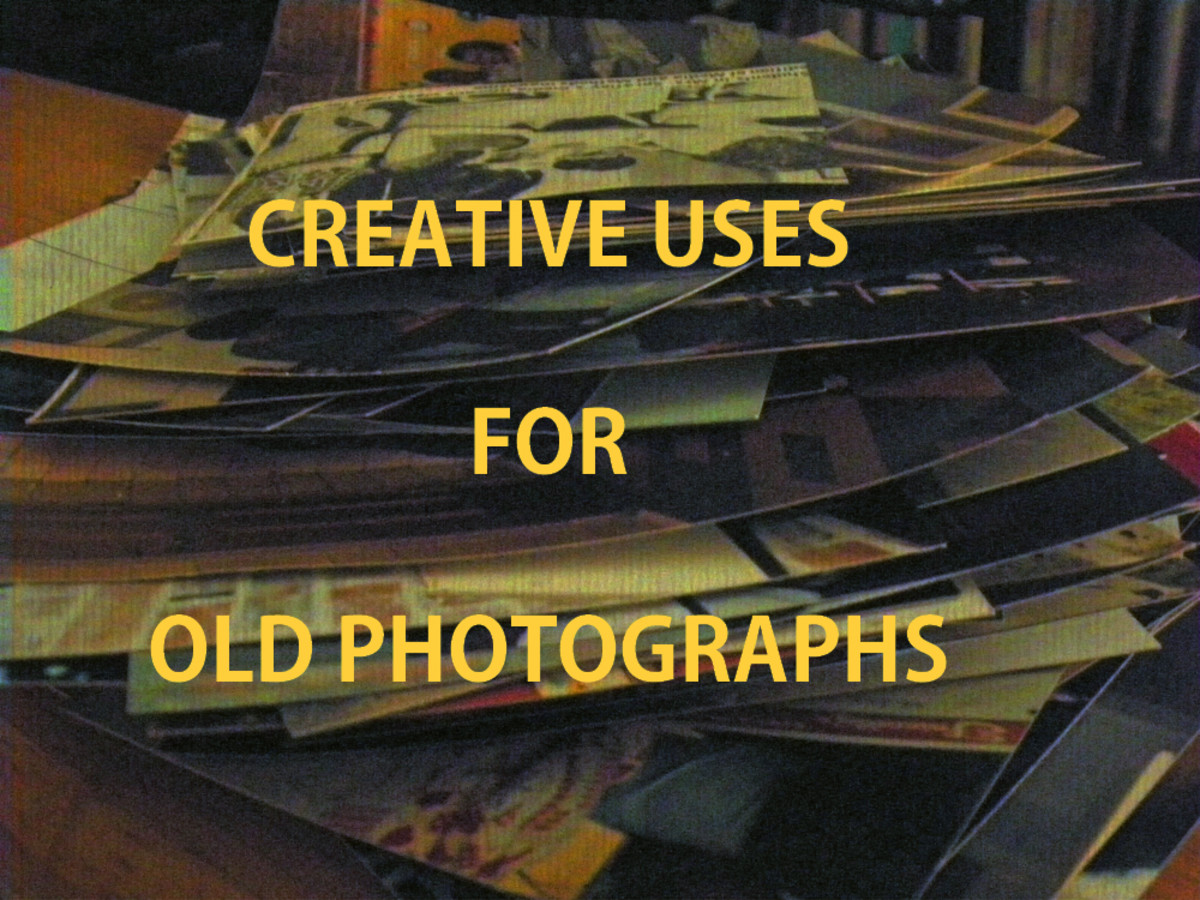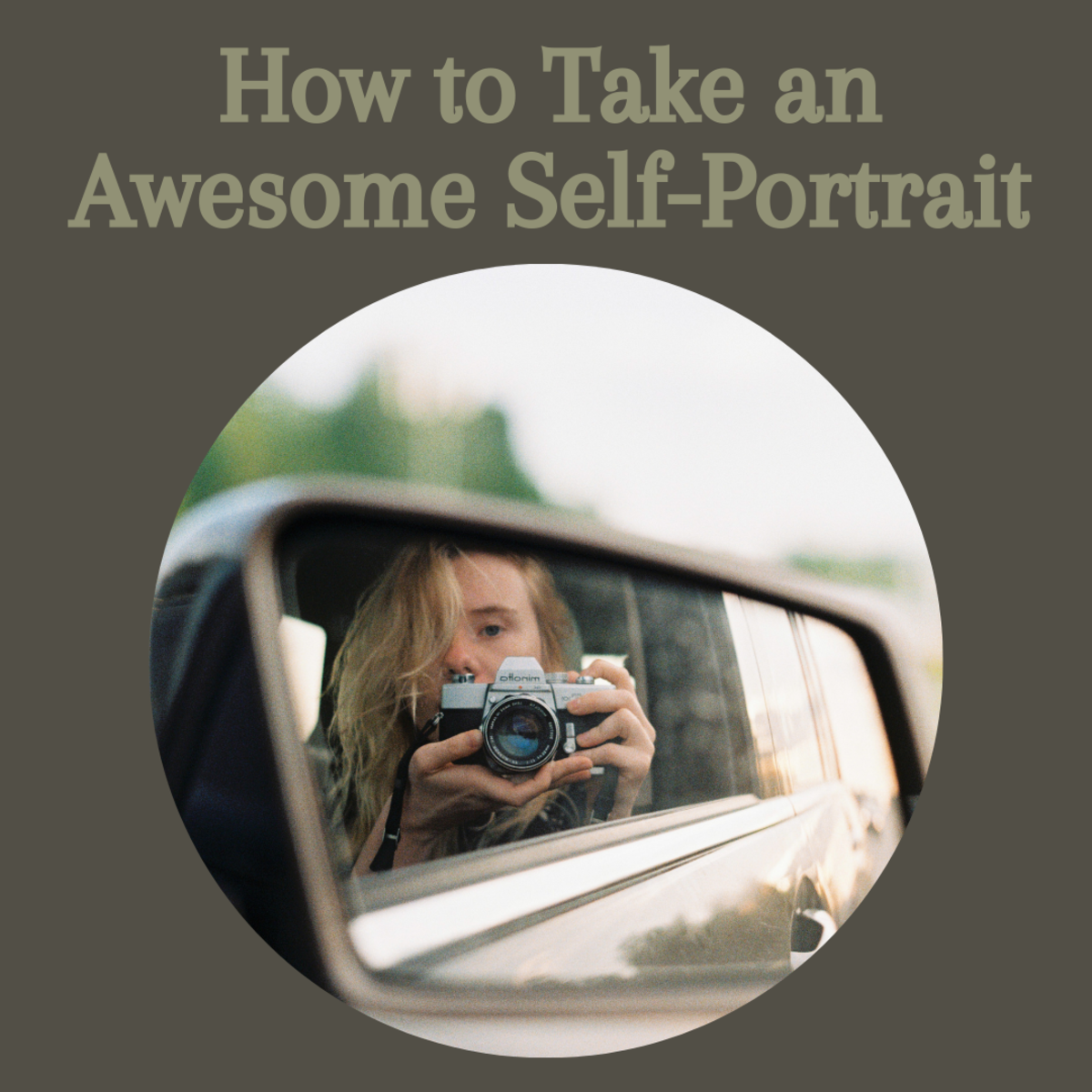Photographing Panoramas
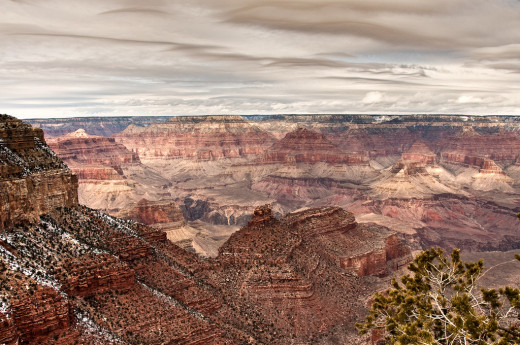
Panorama is the term used to describe a wide angle representation of a scene. Panoramic photography or panoramic style of photography, is the photographic technique used to capture such images.
This technique, differs from wide angle photography in that the latter refers to the use of wide angle lenses while panoramic photos display images that are greater than that of what the human eye is capable of viewing when focused on a single point. The human eye can see as much as a 160 degrees field of view while a panoramic image encompasses at least a field of view of 180 degrees.
The regular film for panoramic use has about 18 usable frames from a 24 frames canister, so this must be taken into account by the photographer. Flash is not advisable nor appropriate with this type of camera for you will only be illuminating portions of the image, so lightning conditions must be examined prior to the shot. However there are panorama cameras that use fixed panoramic lenses, with these using flash is acceptable since the film is exposed one frame at a time.
With digital formats, the images are segmented automatically by an image editor program, but the same applications of flash and using a tripod still apply and it is recommended to use landmarks to assist the editor in making the selections.
You can take several images of a scene by pivoting and using overlapping portions of the scene and then using a photo editing software program such a Adove's Photoshop to connect the individual images and combine them into one single image. In Photoshop: Open file location,select automate, select photomerge, click OK. After Photoshop has completed its process, crop the image accordingly for the best view.
It takes specialized equipment to capture truly panoramic images. Most lenses used for this purposes are in the range of 10mm to 16mm and are widely available from major manufactures such as Canon and Nikon. Often cameras designed exclusively for panoramic use have film which is curved inside it and as the film turns parts of the image are transferred onto the film.
Full rotation cameras which are the mainstay for this technique slowly rotate or pull the film while the lens rotates up to 360 degrees. The camera does not move, the lens is rotated in back of the camera. So having the gear on a tripod is a must.
A panoramic image is at least twice as wide as it is long. This type of image can also be simulated by applying the Roll out photographic technique with certain modifications. An example would be to take several contiguous images while the photographer rotates or swivels in a fixed point.
The principal subjects for this style are cityscapes which encompass large spans of the city and natural landscapes. It can be done at night or during daylight. The main uses for this technique are in the production of posters, advertisements, inspirational prints and photography publications. Those images with an impressive view are also often found in art galleries.
Recently sports photography has been included in the realm of panorama photography. Images showing a football player's run from goalpost to goalpost are typical as are images of the entire team spread on the field all at once.


One can use fish eye lenses for panoramic photos, but keep in mind that this type of lens will impart a "rounded" look to the image and it will be of a single point of the scene while panoramic lenses allow to photograph the entire scene without adding any distortions.
Before undertaking a panoramic photographic project, carefully scout the scene that you want to capture for detail, an attractive perspective, pleasing colors, ease of location and your purpose. Take several shots at different times for an added perspective.
Be sure to take your film to a reputable film processor that has dealt with this type of format before, otherwise the film can be mistakenly cut and ruined by the automatic film processing units commonly used today.
Other uses for this technique are in political rallies, marketing campaigns, advertising and promotional work, architectural projects, scientific research and dermatological applications.
What once was an exclusive method for war photography during the American Civil War has now become another format for the professional and amateur photographer and with the technology widely available today more and more individuals are partaking of it.
- 8 Guidelines To Taking Panoramic Photos With Any Camera
Back in the days of film cameras, creating a panoramic photograph meant either buying a particular, expensive camera or hours in the darkroom stitching images together by overlapping exposures onto the finished photo paper. Panoramic photos were the
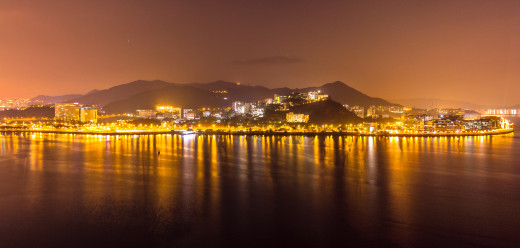
Do you think panoramas are worth doing?
© 2011 Luis E Gonzalez



